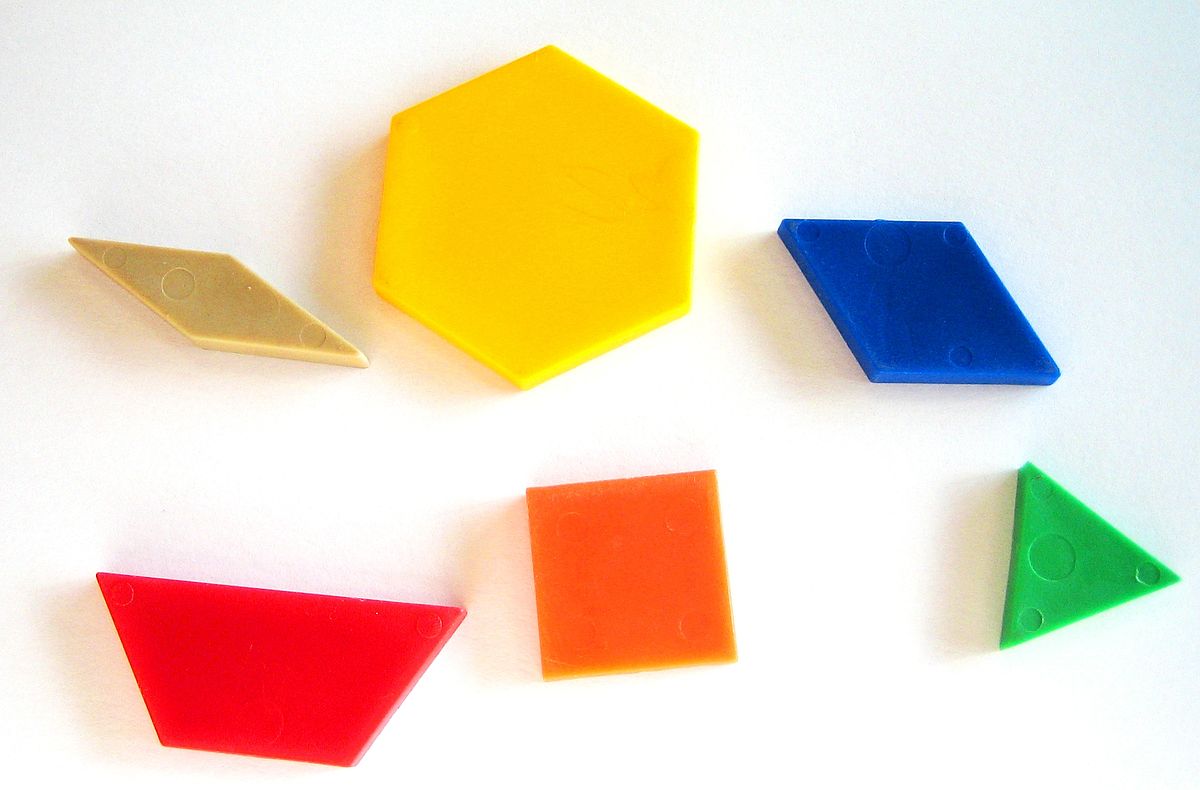What we get wrong about early-childhood math
By Kathy Liu Sun
As a mathematics educator who also happens to be a new mom, I have serious concerns about the future math classroom my daughter will enter. One of my biggest fears is that the math class will stifle much of her curiosity and creativity that I have witnessed every day during her first few months of life.
In my collaborations with preschool to 2nd grade early-childhood educators over the past five years, I have found that teachers often wrestle with two historically competing philosophies of educating young children. One philosophy embraces the importance of creating play-based environments, where children learn by exploring and engaging in play. The other emphasizes the need to prepare students to meet state and national mathematics standards by focusing on specific academic skills. These two philosophies are not either-or. In fact, mathematical thinking and learning often happen during play.
With the adoption of the Common Core State Standards and an increasing focus on so-called 21st-century skills, our thinking about supporting students’ curiosity and creativity has progressed in recent years. However, as with most change, the implementation of our ideas hasn’t yet panned out the way we might have hoped.
I am finding that teachers are increasingly feeling the pressure to address learning standards in ways that do not build upon young children’s inherent curiosity and inclination to experiment. Math instruction in the early grades is too often becoming more like traditional high school math classes. I have seen kindergarten and 1st grade teachers giving short lectures followed by having children complete worksheets filled with math problems. These worksheets often consist of the same type of problem just with different numbers (e.g., 1+2 = __; 1+3 = __; 1+4 = __) and noninteractive images for young children to count or compare.
What I am witnessing is not surprising given our misconceptions of what it means to learn math in school. Many think that math is all about learning procedures and memorizing rules. At both the high school and elementary levels, procedurally focused learning is not conducive to supporting students’ understanding of important mathematical concepts. In fact, a 2016 study published in Scientific American found that students who rely on memorization are half a year behind their peers who approach math by relating concepts to existing knowledge and monitoring their own understanding.
It is important to attend to mathematical learning goals while fostering creativity early in a child’s education. We need to create more opportunities for young children to explore mathematical ideas in interactive and playful ways. Instead of doing math worksheets, young children need intentionally designed activities that allow them to think and engage like mathematicians by testing out different ideas, experimenting with strategies, and explaining their thinking. Unlike traditional math worksheet problems that can only be solved one way, children should engage in problems that have many possible solution strategies and are ripe for discussion and debate.
What can we do as educational practitioners and leaders?
1. Be curious about how children think. Young children have fascinating strategies for how to solve mathematical problems. Our goal is to support them to develop perseverance, confidence, and critical thinking skills when solving math problems. Rather than telling them exact steps for solving a problem, a good first step is to ask open-ended questions (“How did you figure it out?”). Then watch to see what the child does before asking another question that is based on what you observed (“I noticed that you moved the blue bears. Why did you do that?”).
2. Support teachers to change things up. Teachers should be encouraged to focus on the creative nature of math. It’s OK if math assignments don’t look like traditional math worksheets. If teachers give homework, it should be interactive and exploratory in nature, not stagnant worksheets.
3. Get parents on board by encouraging them to find opportunities to engage in math in our everyday lives and surroundings. A great way to start is by counting collections of objects with young children. A collection can be made up of anything found at home, such as coins or utensils. The goal is to figure out how many objects are in the collection and to support children to think deeply about quantity in a way that makes sense to them. In my experiences, children are very excited to figure out how many objects are in their collections and will use a variety of strategies in the process (e.g., sorting, multiplying, adding, etc.).
If we make a concerted effort to push back against traditional math worksheets, my concerns might be alleviated by the time my daughter enters kindergarten.
___________________________________________________________________________________________
Kathy Liu Sun is currently an assistant professor of education at Santa Clara University, where her research examines the barriers that prevent students from succeeding and advancing in mathematics and STEM-related fields. She previously taught high school math in San Jose, Calif.

